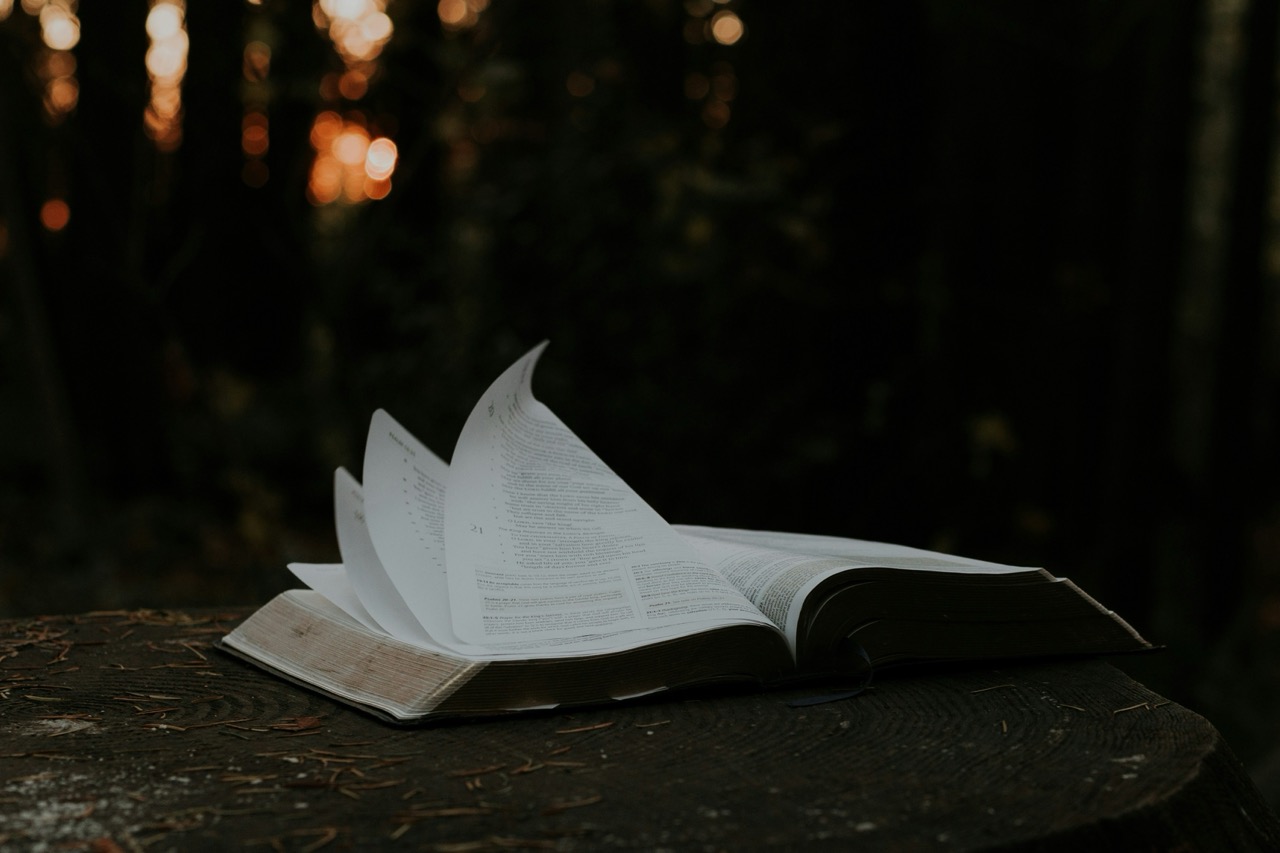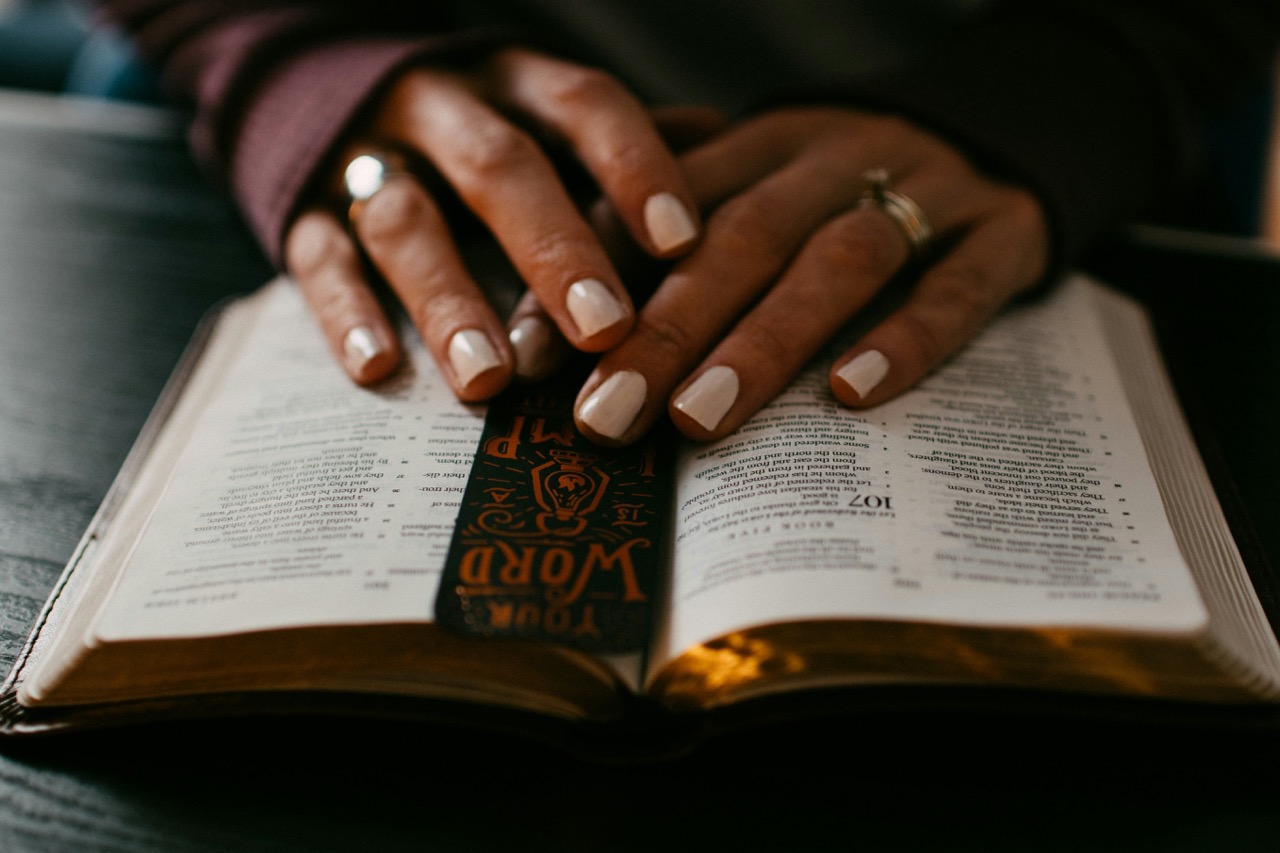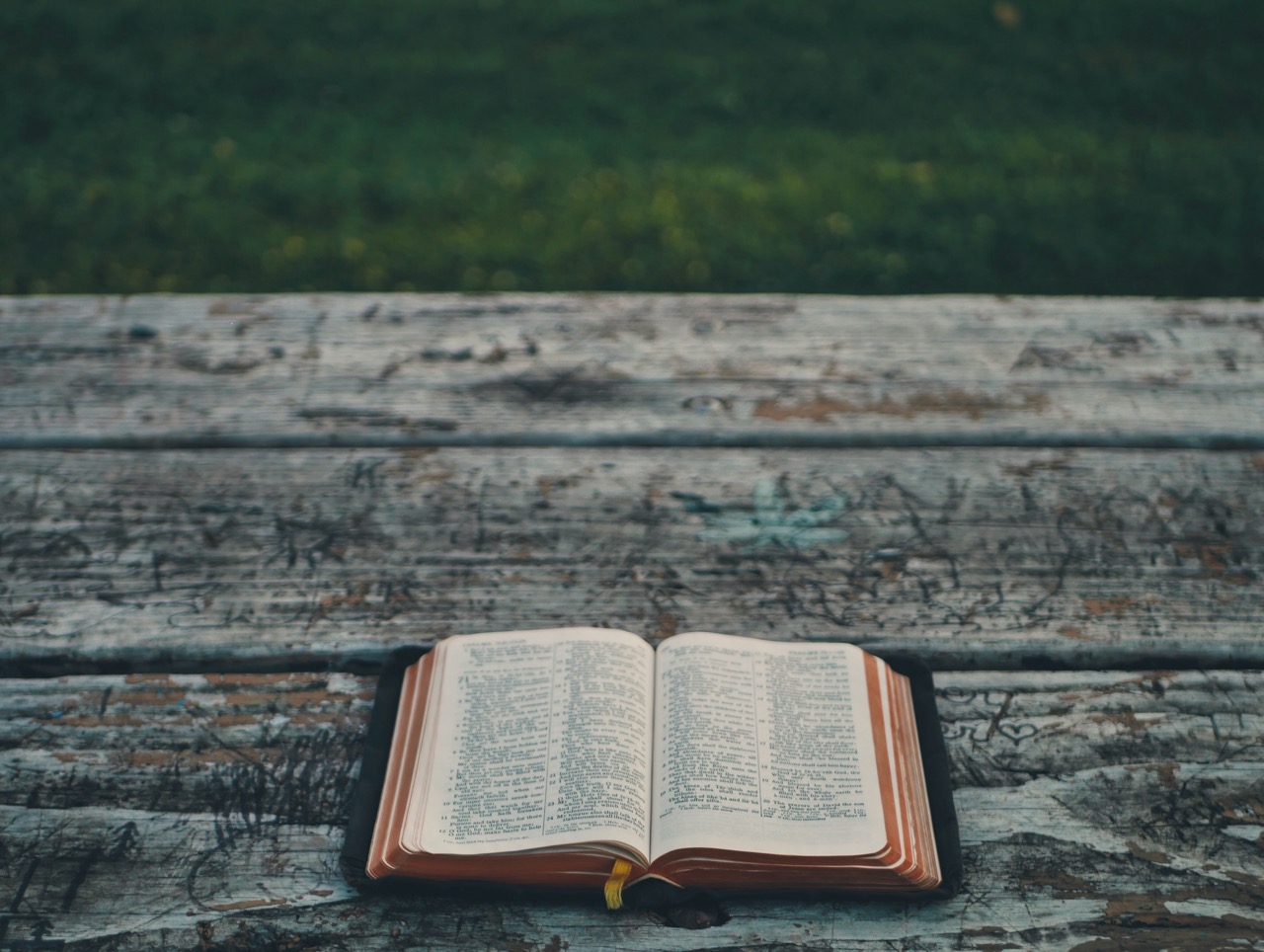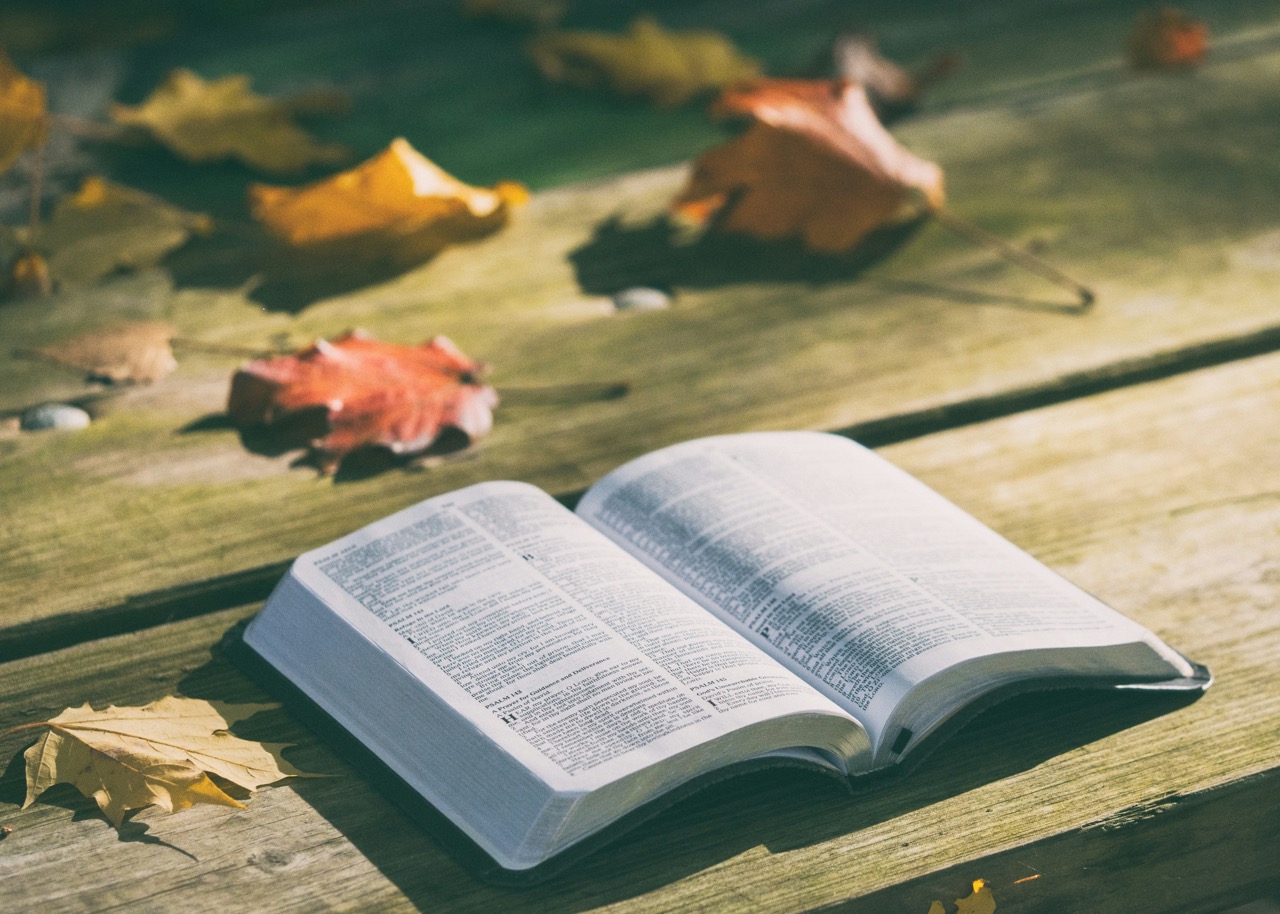The Unique Aesthetic Signature Of Christian Art Workshop

Christian art has a rich history, deeply intertwined with spirituality and faith. The workshop setting fosters a unique atmosphere where creativity meets reverence, allowing artists to explore their beliefs through their artwork. This article delves into the distinctive aesthetic signature of Christian art workshops, emphasizing the unique styles and influences that emerge.
Unveiling the Distinctive Style of Christian Art Workshops
Christian art workshops are vibrant spaces where traditional techniques meet contemporary expressions of faith. Artists draw upon centuries of Christian iconography, utilizing symbols, colors, and motifs that resonate deeply within the Christian narrative. The use of gold leaf, intricate patterns, and vibrant hues creates a visual language that speaks to the divine. This aesthetic signature is not just about decoration; it serves to elevate the spiritual experience of the viewer, inviting them into a closer relationship with the sacred.
Each workshop often has its own stylistic nuances that reflect the community and its members’ unique backgrounds. Some may lean toward the Byzantine influences, characterized by their serene figures and rich colors, while others might embrace more modern interpretations that challenge traditional forms. The blend of styles can result in a diverse body of work within a single workshop, showcasing how individual expressions contribute to a shared spiritual narrative.
Importantly, the aesthetic signature of these workshops goes beyond visual appeal. It embodies a collective ethos, where artists collaborate and share insights, enriching the overall experience. This community aspect fosters a supportive environment that encourages experimentation and personal growth, allowing artists to push their boundaries while remaining anchored in their faith.
Exploring the Creative Process Behind Christian Artistry
The creative process in Christian art workshops is a journey of spiritual exploration and artistic expression. Artists begin by reflecting on biblical themes, stories, and personal experiences, which guide their choices in materials, techniques, and imagery. This introspective phase is crucial, as it ensures that each piece resonates on a deeper level than mere aesthetic appeal. Artists often engage in prayer or meditation, seeking divine inspiration to infuse their work with meaning and purpose.
Techniques employed in these workshops can vary widely, from traditional fresco painting to modern mixed media. Participants often experiment with different materials, such as clay, wood, or canvas, and techniques like gilding and egg tempera. This hands-on approach allows artists to discover their unique voices while also respecting time-honored methods. Through workshops, they learn not only the technical skills but also the historical and theological significance behind their artistic choices, creating a sense of continuity with past masters.
Collaboration is another vital element of the creative process in Christian art workshops. Artists share feedback and ideas, leading to a dynamic exchange that enriches their individual practices. Group critiques encourage constructive conversations, prompting artists to think critically about their work and its impact on the viewer. This communal environment fosters a sense of belonging and shared mission, reinforcing the idea that art can be a powerful medium for expressing faith and fostering spiritual connection.
The unique aesthetic signature of Christian art workshops is a testament to the rich interplay between faith and creativity. By blending traditional techniques with contemporary interpretations, artists create works that not only reflect their beliefs but also invite others into a deeper understanding of the divine. The collaborative and introspective nature of these workshops ensures that the creative process remains rooted in spirituality, making each piece a meaningful contribution to the ongoing dialogue of faith and art.




